Everything You Need To Know About Virtual Reality
Unless you've been living under a rock, you've surely noticed VR headsets increasing in popularity. Last year's stay-at-home order gave us the extra time and opportunity to pick up new hobbies. Many people found themselves with extra cash at some point during the lockdown and decided to invest in virtual reality headsets for the family. As COVID restrictions ease up and people begin to mingle again, virtual reality is a hot topic of discussion.
In the past couple of years, VR headsets have made their way into mainstream media. They have appeared on billboards, in Netflix shows, on music cover art, and much more. If you've also noticed increased attention around virtual reality in the past few months, then you might be wondering what all the fuss is about. What is it about the technology that has people buzzing?
Read on to learn everything you need to know to understand this new wave of virtual reality technology.
What Is Virtual Reality?
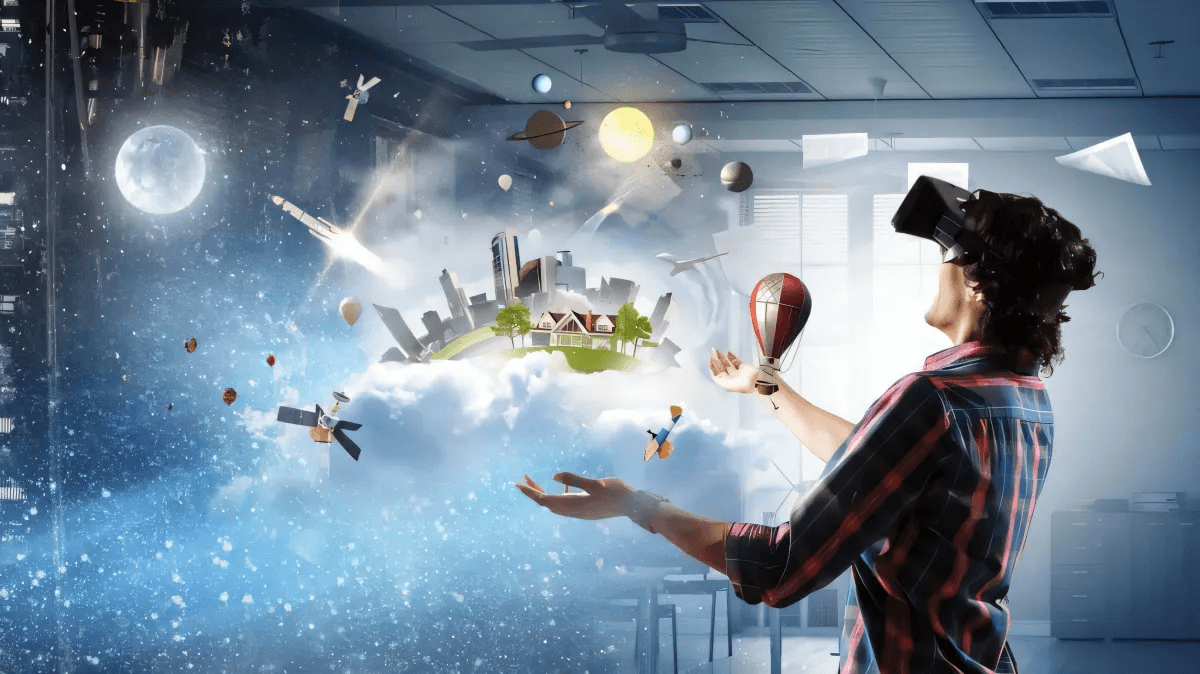
According to Merriam-Webster, virtual reality is defined as "an artificial environment which is experienced through sensory stimuli (such as sights and sounds) provided by a computer and in which one's actions partially determine what happens in the environment."
Put simply, it's an experience that makes use of your sight, hearing, and touch to create the illusion that you are in a different place doing different things than your physical body is.
Virtual reality can be immersive or non-immersive. The type that we are most accustomed to is non-immersive virtual reality, in which the user utilizes a controller to interact with the environment on an external screen. An example of this would be playing a regular video game.
The type of virtual reality that is on the rise is immersive virtual reality, in which the user's senses are stimulated in a way that makes them feel as if they are actually interacting with and moving through the digital environment with their bodies.
Although virtual reality has many uses, it is primarily used by consumers for gaming and entertainment. It is intended to take us away from the real world for a little while and embark on adventures from the comforts of our homes.
Virtual reality is sometimes confused with augmented reality, and understandably so. They both fall into the same family of altered reality, but they perform in different ways. Augmented reality projects an image to make it appear as if it's in the real world, while virtual reality utilizes your stereoscopic vision to change the image your eyes are communicating to your brain.
The History of Virtual Reality
According to Virtual Speech's History of VR timeline, the concept of virtual reality has been floating around as early as 1935. An author named Stanley Weinbaum released a book titled Pygmalion's Spectacles, which featured spectacles that had VR-like qualities. The wearer would feel as if they were a part of the experience that was being projected to them.
Per the same timeline, the first physical prototype of something like this was released in 1960 by a cinematographer named Morton Heilig. It was called the Telesphere Mask, and although it was purely stationary with no range of motion abilities, it was the first device of its kind to alter stereoscopic vision.
Although the technology was further developed throughout the years, it was not reintroduced as a widely available consumer item until 2012 when the Oculus VR company released their highly anticipated Oculus Rift VR headset.
I remember watching all of my favorite YouTube gamers test the new technology, and thinking I couldn't wait until it was more accessible for the public. Fast forward to today, there are multiple VR headsets to choose from within a reasonable price range, and VR experiences are abundant.
How Virtual Reality Works
Immersive virtual reality tricks the brain into thinking that the body is in a different place by projecting different images to each eye and creating a 3D, interactive environment.
Virtual reality headsets often incorporate surround sound or special headphones so users are not pulled back into the real world by external noise. Additionally, interacting with the environment will often send vibrations through the connected controllers, creating the sensation that they are actually touching something.
Cameras are built into the headsets for motion tracking. They help the headset recognize where you are in your real-life space and what you are doing with your body, such as moving your head or raising your arm to grab something. This movement is translated into virtual movement in your projected environment, and the simulated world around you reacts accordingly.
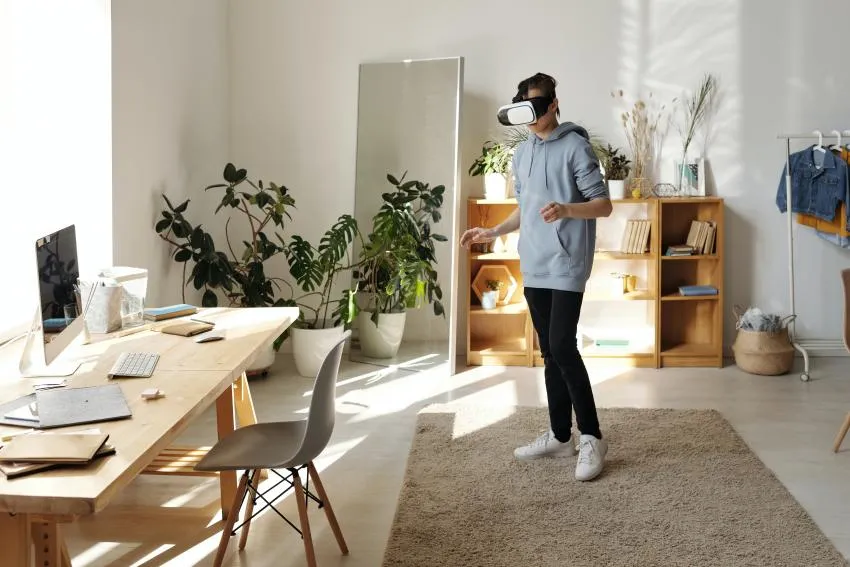
In the early days of VR, a computer was required to power the experience and the sensory aspects were delivered to the user through the headset. Nowadays, companies have developed headsets that can store information and project these experiences on their own without the need for external hardware. What this means is a wireless experience for the user that allows for more range of motion.
However, with these new advancements come new risks for injury. Recommended play time for a VR headset is 30 minutes at a time with breaks in between. Playing for more than this increases the possibility of vision damage and disorientation.
When I first bought my VR headset, I was so captivated that I made the mistake of playing for hours at a time. By the third day, I was experiencing what I can only explain as disassociation — My eyes were having trouble processing the depth of the real world and I was extremely disoriented. I had to give it a break for a day or two to get back to normal, so don't be like me and take those breaks.
Not to mention, there is always an increased risk of injury when your vision is obscured. It is important to set your virtual reality boundary in a space that is large, clear of obstructions, and a full arm's length away from the walls. Otherwise, you can fall or crash into items, resulting in bruising, fractures, or worse.
Uses For Virtual Reality
Most of the advertisements for virtual reality headsets focus on the entertainment aspect of technology. While this is what the headsets are most commonly used for, the best part about the technology is that it has multiple uses.
In the professional world, virtual reality is being incorporated into nearly every field of study. It is being used to further studies, train new professionals, and much more. Its versatility and ongoing development make it suitable for multiple different operations. The many uses of virtual reality include:
1. Experience immersive entertaining content
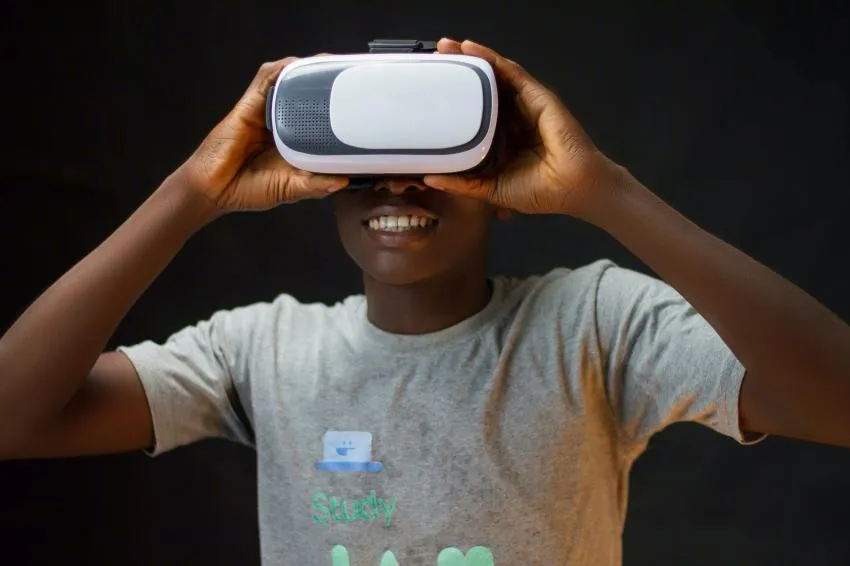
The primary use of virtual reality headsets in the consumer setting is entertainment. As other companies have jumped on the virtual reality bandwagon and developed their own VR hardware, the diversity of games, apps, and general experiences available in the genre has grown massively.
Playing a well-designed, high-quality video game can already be a breath-taking experience in itself. Now add in the sensation of physically feeling like you are in the world — running alongside the characters you are growing attached to and dodging obstacles in real-time — and everything about it is ten times better.
Aside from gaming, watching videos and movies with a VR headset is something everyone should have on their technology bucket lists. Video streaming apps allow the user to watch videos while in an altered environment or on a bigger screen than they might have in real life. The Netflix VR app lets the user watch their content from a gorgeous lounge, while the YouTube app has multiple VR settings such as screen size and enabling VR 360 experiences.
Many of the headsets on the market are intended for this use and are within a reasonable price range for the average consumer. Current popular choices include the Oculus Quest 2, the HTC Vive Pro 2, and the PSVR.
2. Play immersive sports games
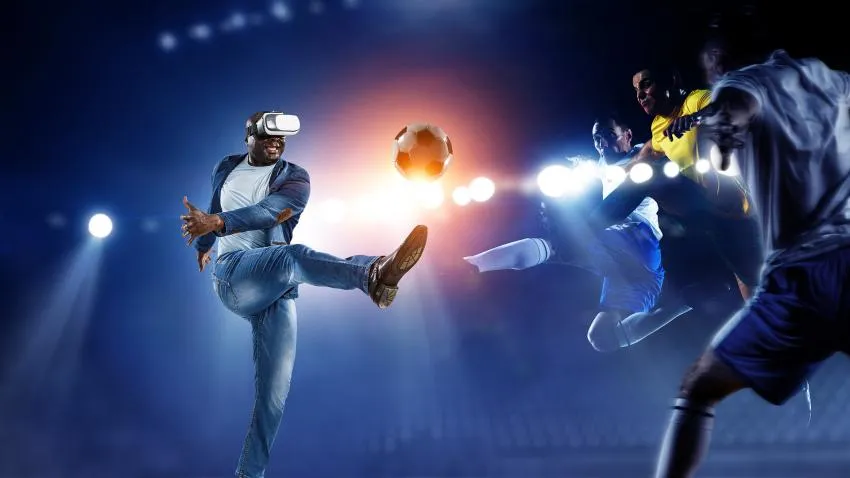
Regular VR headsets have immersive sports games such as bowling and fishing that make the players move as if they are truly playing. If this can be done on the entertainment level, it is no surprise that virtual reality is being used to help athletes in real life. These headsets are also being used to simulate scenarios for athletes during training and help them make real-life decisions during competition.
According to Virtual Reality Society, VR helps competitors improve their performance in sports like golf, cycling, skiing, and more. The technology uses three-dimensional space to analyze the body's movements and help the user make adjustments. Being able to simulate the real environment of the game helps athletes to practice more effectively.
3. Enhance military combat systems
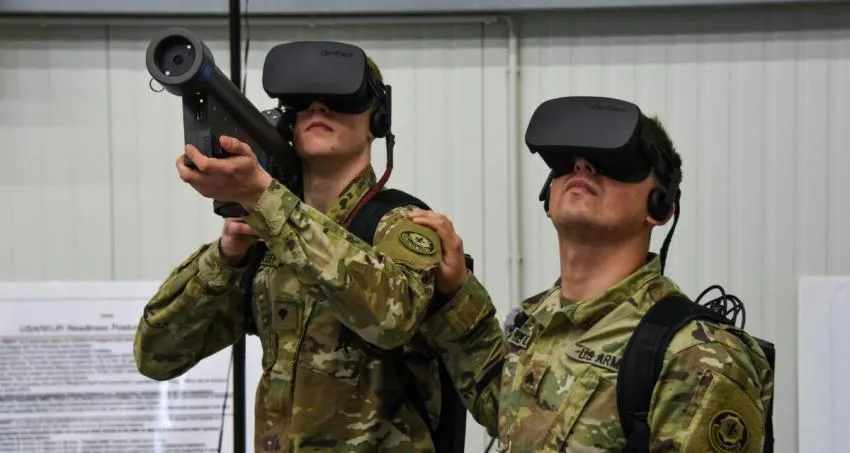
The military was dealing with virtual reality decades before it was available to the general public. TechViz states that one of the first VR experiences was developed for the military to help advance their combat system.
According to FDM, high-quality VR headsets are used by militaries to simulate situations on the battlefield. The technology allows service members to get fully immersive situational training before their operations. Per Future Visual, VR is being used for unit training, activity-based training, battlefield/combat training, equipment training, and more.
4. New possibilities of 3D Art
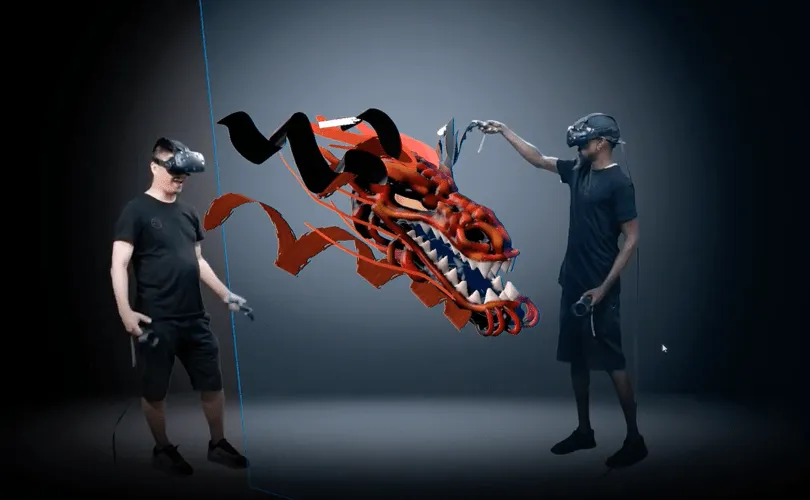
VR headsets have also introduced new possibilities for 3D art. Multiple VR apps allow you to draw and place objects on a virtual 360-degree canvas, allowing for new ways to create immersive art pieces. This technology is being used in the professional space to help plan large creative pieces such as clothing, architecture, sculptures, and more.
Doing art in VR is the equivalent of jumping into the canvas; the artist is able to create from a perspective that has not been possible before. It is also a unique experience for art viewers, and with NFT art rising in popularity, this could be an avenue to big bucks for aspiring artists.
5. Use in healthcare to simulate medical procedures
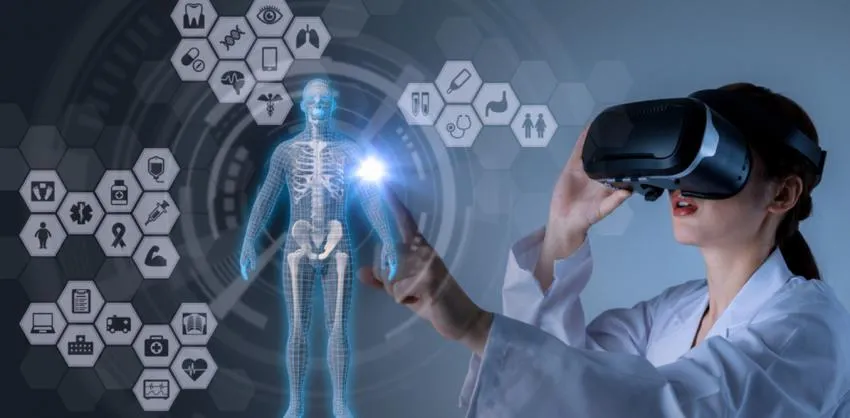
Virtual reality is being used in healthcare to simulate surgeries and other procedures for practitioners in training and can be used to help patients better understand what is happening in their bodies. It allows the medical field to use 3D renderings of the body that they can interact with, allowing for a more realistic experience and better practice for the real thing.
6. Visual simulation of educational content
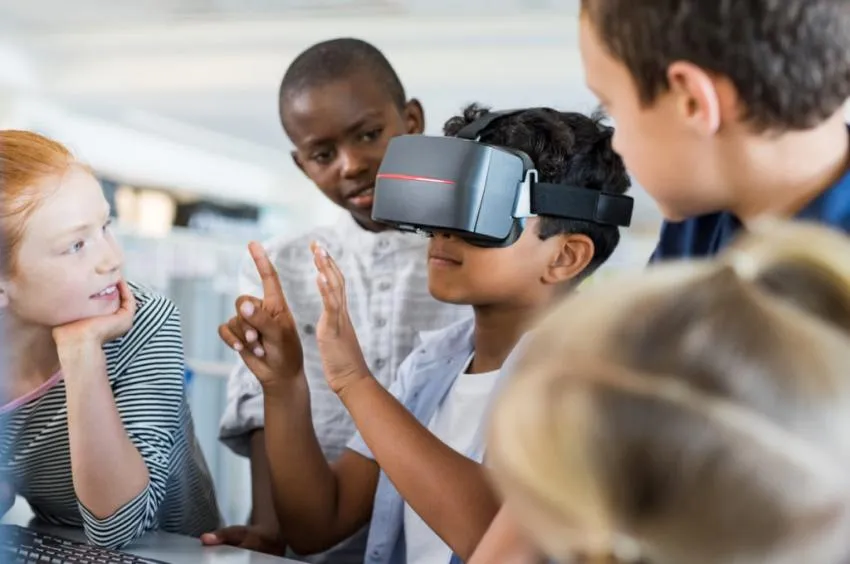
If VR headsets are already captivating kids in their homes, why not use them in the classroom? That's exactly what some teachers try to do.
Anyone who has ever taught a group of people knows that everyone has different learning styles. For students who are more hands-on, VR headsets can be the missing link between them and understanding a lesson. Physical representations of concepts are not always immediately available in the classroom, so using virtual reality to simulate a situation can make up for this. For example, virtual reality can be used to help a child visualize a math problem.
Additionally, it can be used to make an otherwise boring lesson more entertaining for kids. Today's generation has a shorter attention span than in the past, and it takes a little more effort to keep their attention. Incorporating the latest technology into school lessons gives teachers the upper hand in keeping them engaged.
7. Virtual tours of stunning destinations in the world
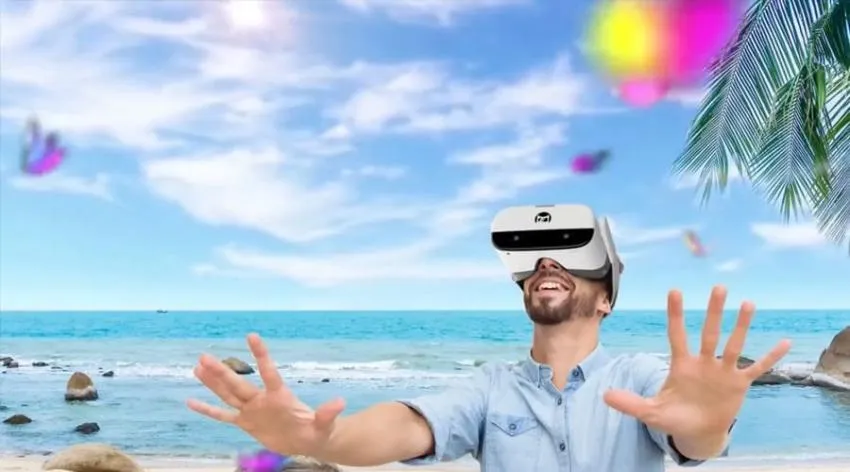
The tourism industry took a big hit when Covid-19 settled in. The cities that survive on the tourists' dollar were left scrambling once quarantine laws restricted all travel. Wanderlusts were grounded and forced to turn to other methods to satiate their travel bugs.
VR headsets played an essential part in allowing people to mentally leave their homes without putting themselves at risk. The best part is, these virtual trips are free. There are many different apps, websites, and videos dedicated to taking you on a virtual tour of the world's most stunning destinations. You're able to experience the location without the crowds, transportation issues, and other inconveniences associated with travel.
Not to mention, the spike in virtual reality tours will be beneficial as things start to reopen. While VR is probably the closest thing you can get to see these sights in person, true travelers are going to want to see the real deal after getting a taste!
The Future of Virtual Reality
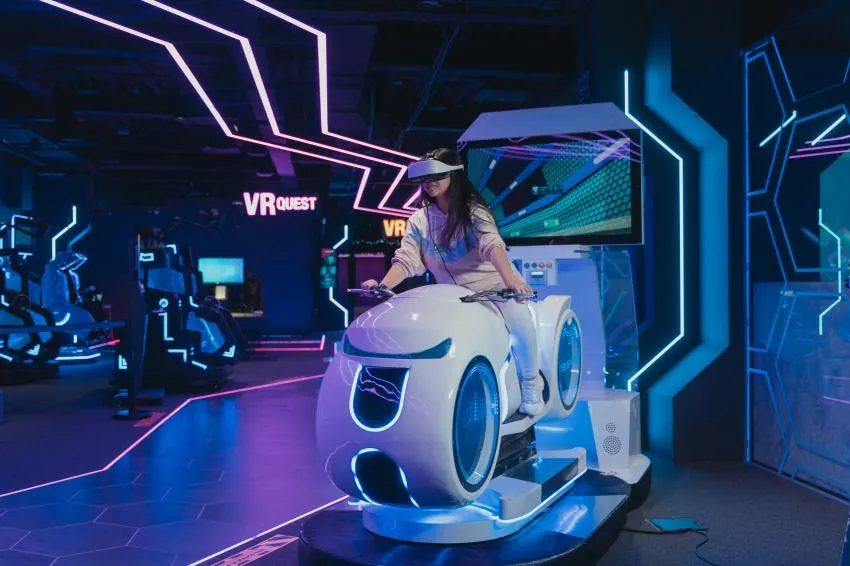
With the recent increase in the presence of VR in mainstream media, it is slowly becoming a part of our regular lives. As more and more people participate in these experiences and spread the word, VR headsets will continue to pop up in homes across the world. Soon it will be just as common to have an Oculus or Vive as it is to have a gaming console.
While the current technology is still blowing our minds, there are even more immersive experiences in the works. Fans of franchises like Sword Art Online and Ready Player One are eagerly awaiting the day when we safely achieve "full dive": a phenomenon where the user's actual consciousness is transported into a virtual space and movement is controlled by the brain.
Additionally, this technology is being developed so that we can continue to make advancements in other fields of study, such as the ones mentioned earlier. As the world is faced with new problems, we must think outside the box on how to best utilize the information we have. Virtual reality has been essential in revealing new perspectives and furthering research & development.
Virtual reality will only continue to grow in popularity in the years to come. It is still a very new concept for many people and a fun experience that many are yearning to try. It's the experience people pay extra for at the theme park; it's the gadget at the next house party that has everybody talking about it.
If you were looking for a sign to do your own research and join the virtual reality world, this is it!
Opinions and Perspectives
Surprised they didn't discuss the potential for remote surgery applications
Been using VR for virtual conferences. Such an improvement over video calls
I use VR for architectural visualization. Clients love walking through their future homes
The sports training applications are incredible. Used it for golf swing analysis
VR art tools changed everything for me. So much easier than traditional 3D modeling
Wouldn't recommend that. The eye strain catches up with you eventually
The 30-minute play limit seems too conservative. I regularly go 2 hours with no issues
Curious about using this for exposure therapy. Anyone have experience with that?
The wireless headsets are game changing. No more tripping over cables
The article should have mentioned the social anxiety benefits. VR helped me practice public speaking
My company has switched to VR meetings and honestly it feels more personal than zoom
Not convinced about VR in schools. Seems more like a distraction than educational tool
The military applications make sense. Much safer to train in VR first
I'm concerned about the long-term effects on eye development in children
They should have mentioned the importance of having enough space. My apartment is too small for most games
The article understates the physical workout you get from some VR games. I was sore for days
Virtual tourism helped me plan my actual vacation. Great way to scout locations beforehand
The Netflix VR lounge is cool but gets uncomfortable during longer viewing sessions
Full dive technology sounds terrifying to me. I'll stick with the current headsets thanks
The boundary setting advice is crucial. Learned that the hard way after punching my wall
My grandmother uses VR to visit museums she can't physically travel to anymore. It's really opened up her world
The price point is still too high for many families. We need more affordable options to make it truly mainstream
You should try taking shorter sessions with more breaks. Made a huge difference for my motion sickness
Interesting how they mentioned SAO and Ready Player One. Full dive tech seems more science fiction than reality right now
I work in architecture and we've started using VR to walk clients through building designs before construction. Game changer
The article barely touches on the social aspects. VR chat rooms have been a lifesaver during lockdown
Anyone tried the new fitness apps? Lost 10 pounds last month just boxing and dancing in VR
As a medical student, we're starting to use VR for anatomy studies. It's incredibly helpful for understanding spatial relationships
I actually disagree about VR becoming as common as gaming consoles. The motion sickness issue is a huge barrier for many people
Virtual art creation tools have completely changed how I approach 3D design. It feels so natural working in a 360 space
The disassociation effect mentioned in the article is real. Happened to me too when I first started using VR
Anyone else excited about the potential for virtual tourism? I've been exploring places I never thought I'd get to visit
That warning about playing too long is so true. I had the same disorientation issues my first week
I get really bad motion sickness after just 15 minutes in VR. Wish I could push through it because the experiences look incredible
My kids use VR for their online science classes now. It's amazing watching them explore the solar system and human body in 3D
The part about military training applications is fascinating. Makes you wonder what kind of advanced VR tech they're using that isn't available to the public yet
I finally got my Quest 2 last month and I'm absolutely blown away by how far VR has come since those early prototypes in the 60s
